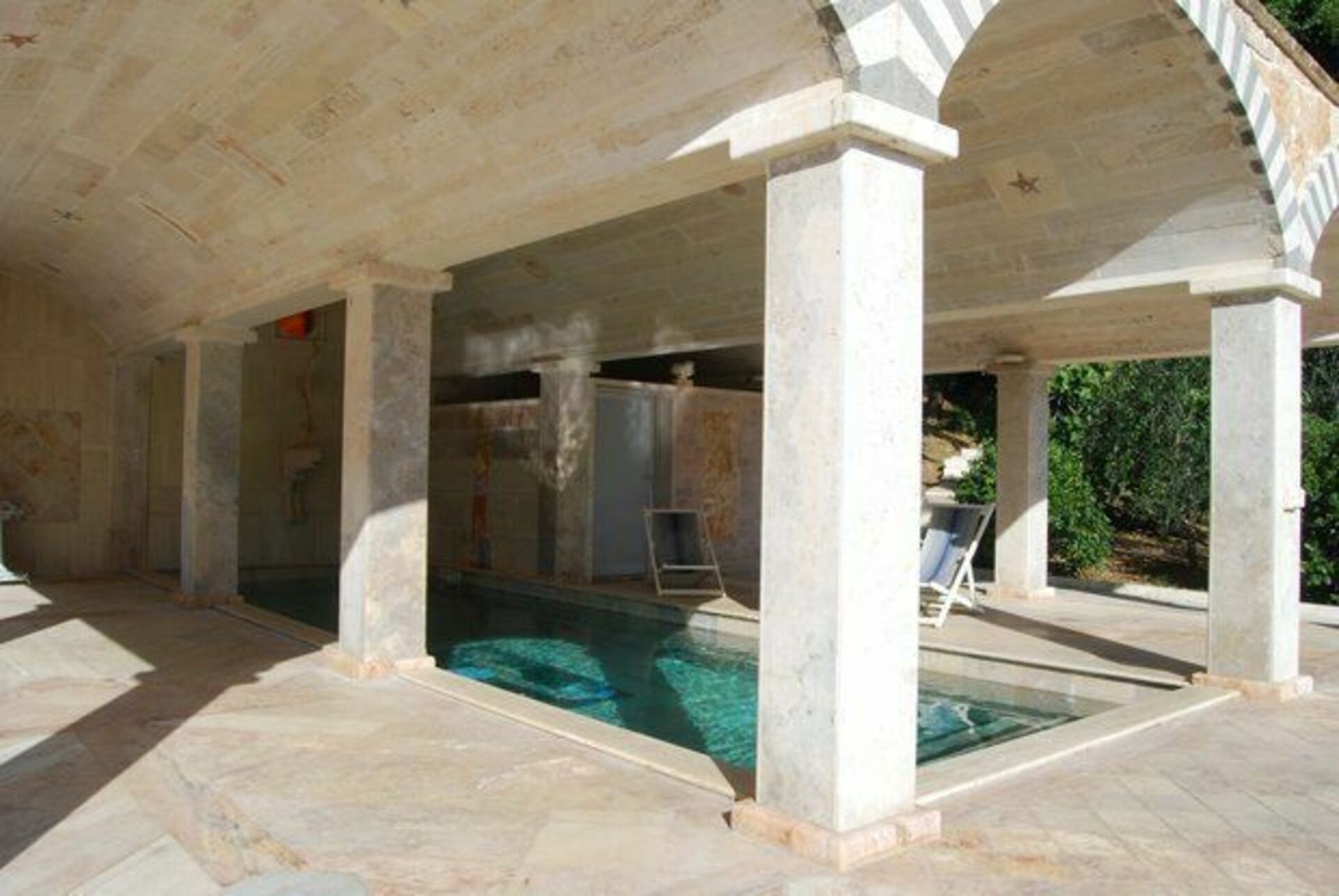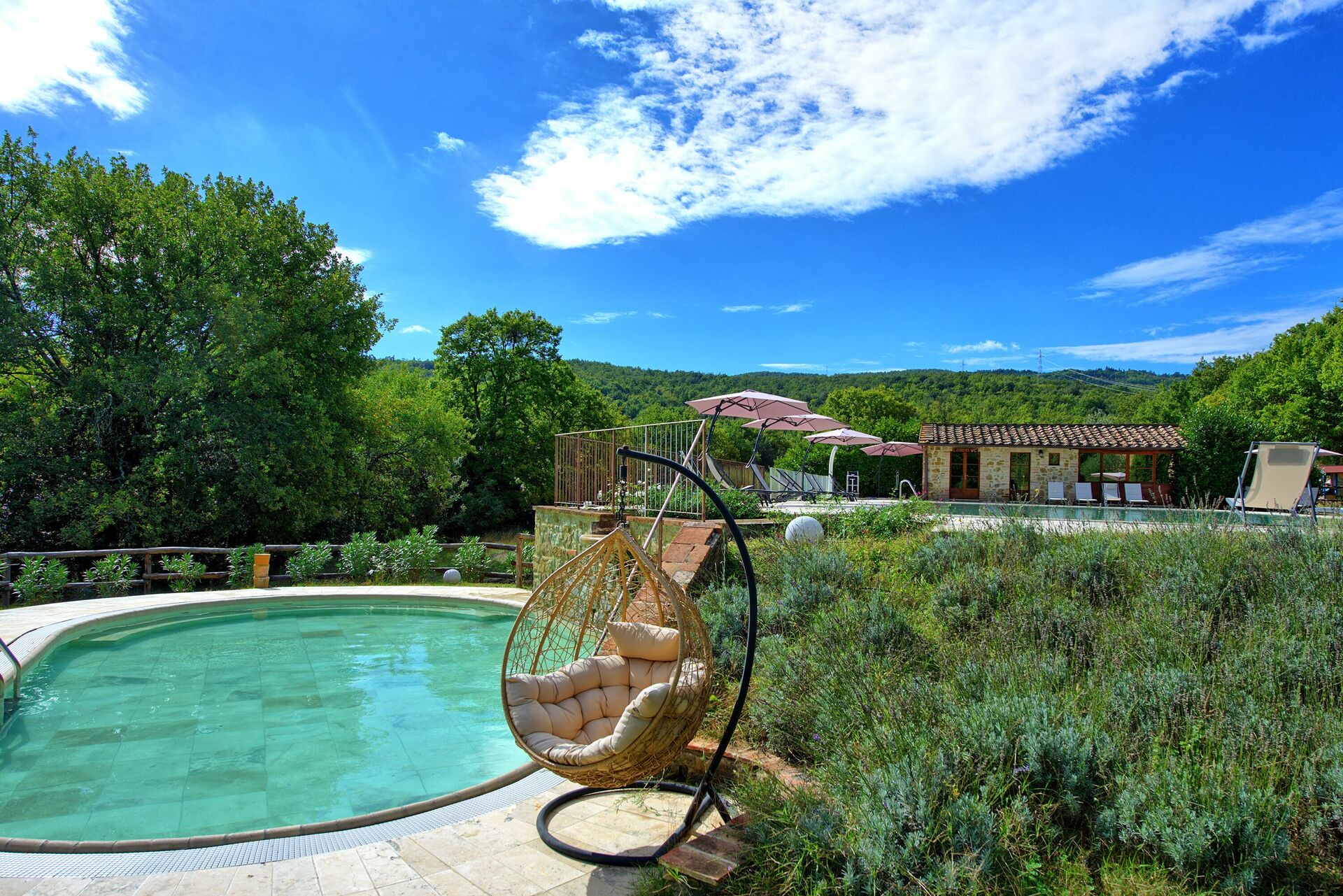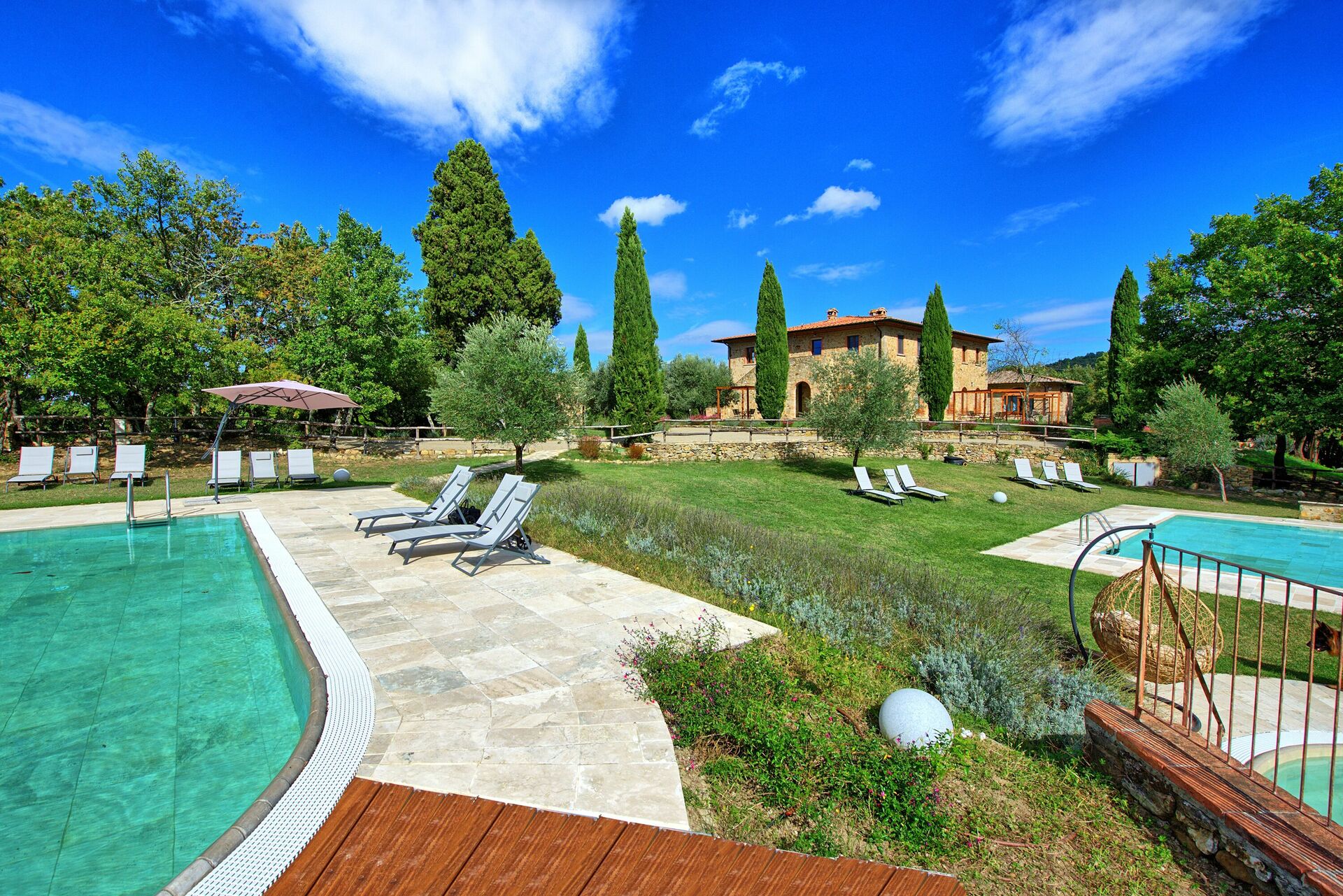When you come to Tuscany for a romantic or family vacation, in addition to choosing a place to stay, you'll want to make sure you're in good hands. cottage in Tuscanyfor example, or another type of seasonal rental (Villa, châteauclosed Agriturismo Where apartment), if there's one subject that shouldn't be treated lightly, it's the traditional local cuisine ! You're in for a treat!
Tuscan cuisine in history
Tuscan cuisine consists mainly of traditional dishes and desserts that have been prepared for centuries.
Bread without salt, for example, is a custom that few other regions have adopted. It seems to date back to the 12th century. At the height of the rivalry between Pisa and Florence, the Pisans sold the precious culinary ingredient at a very high price. There is also speculation that the lords of Florence themselves imposed particularly heavy taxes on salt.
Another characteristic of Tuscan cuisine is the use of white meat and game. Farm products, where chickens, turkeys, geese, guinea fowl and pigeons peck freely, rabbits and game such as hare and wild boar, pheasant and porcupine have always been on the menu at major feasts. Pork is also widely used: just think of the famous salami and other special products that are the fruit of poor people's ingenuity.
Among cheeses, tradition focuses on hard pecorino: the most famous are Pienza and Maremma; while ricotta is found among the soft cheeses.
Finally, there's plenty of room for desserts like cantuccini di Prato. Nothing to complain about, when your stay in guest house will finally arrive, you'll have no shortage of ideas in the kitchen! 🙂
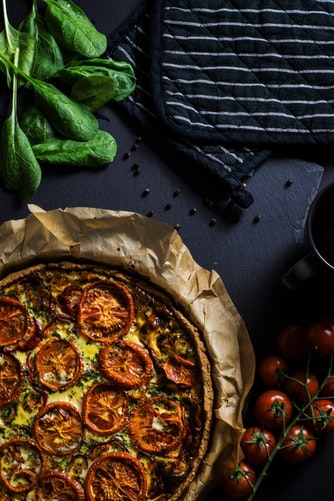
A simple and local cuisine
Tuscan cuisine is characterized by a multiplicity of recipes and culinary traditions, especially with regard to the territory to which it belongs and family tradition. Many Florentines traditionally go on vacation along the Tyrrhenian coast, in the Viareggio region and on the island of Elba; however, they are often unaware of the existence of local dishes, which they then discover on the occasion of their vacations. For this reason, many authors propose the expression "Tuscan cuisine" in the plural to better illustrate this reality.
Over the course of time, middle-class cuisine has only come into its own over the last few centuries; it is characterized by the increasing use of white meat or game in rural areas, typical of a wealthy middle class, as opposed to the systematic use of beef in urban areas, where the middle class has developed. The consumption of game remains typical of rural and mountain areas, where Tuscans like to spend their vacations.
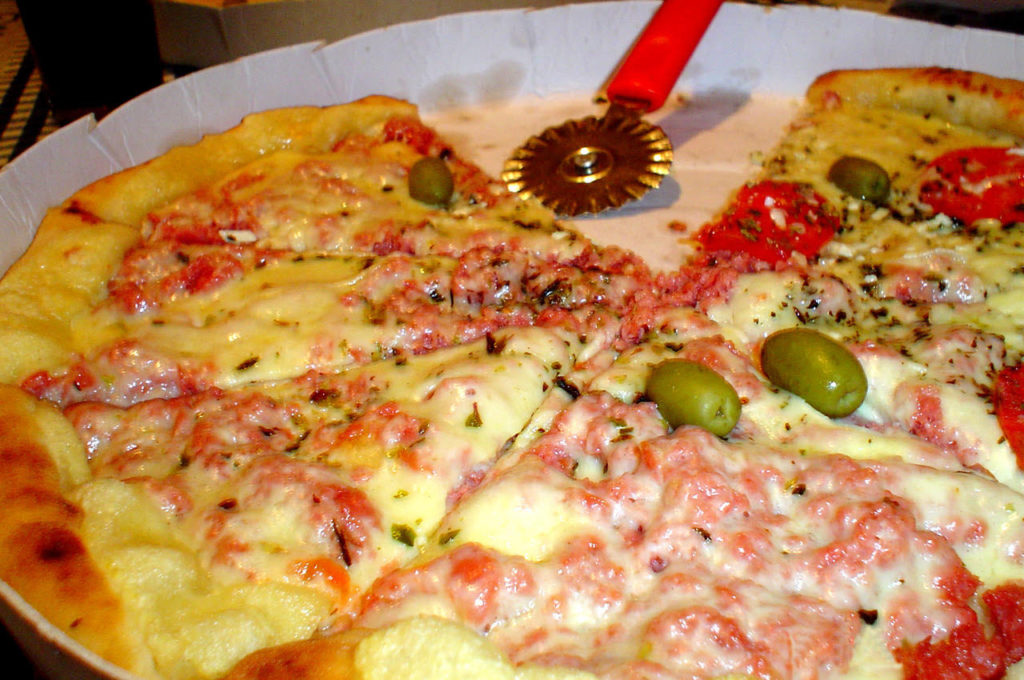
As mentioned above, the cuisine differs considerably from coast to coast: the growth of the wild boar population has made it possible to use all its preparations almost everywhere. In Tuscany, as in many other parts of the country, selected meat is treated with salt, pepper and other spices and stored suspended in cool, dry environments.
Freshwater fish, on the other hand, find themselves in the same situation as poultry: present over the last few centuries on the tables of the poorest and least developed regions, they have their own culinary tradition. Consumed by the poorest sections of the population, they owe the almost ubiquitous method of cooking with vegetables to them.
Strangely, it's when it comes to vegetables that the differences are accentuated: chickpea flour is used almost exclusively on the coast, while, inexplicably, chestnut flour is also used outside mountain areas. Spelt, the ubiquitous Etruscan food, has been cultivated only in the north for many centuries, yielding typical dishes such as spelt soup. Until a few decades ago, maize was massively present in central Tuscany, and polenta was consumed more in the mountains due to its low cost.
As for cheese production, which is diverse and varied, it extends throughout the region.
The Tuscany Food Pyramid
An interesting initiative is the "Tuscan Food Pyramid": this is the first and only existing initiative to set out the products and habits required for a correct diet in a regional context, in line with the region's cultural characteristics and food traditions. The pyramid provides simple, tried-and-tested guidelines, respectful of cultural, agricultural and gastronomic traditions, to help everyone live a healthy life.
Researchers and scientists have selected certain products on the basis of their organoleptic characteristics, their variety and authenticity, their typicality, and the proximity between the place of production and the place of consumption.
The result is the Tuscan food pyramid, in six levels that include, from bottom to top :
- Fruit and vegetables, omnipresent in the kitchen
- Cereals and extra-virgin olive oil
- Pulses, dried fruit, milk and yoghurt
- Fish and Poultry
- Cheese, eggs and potatoes
- And finally, in smaller quantities at the top of the pyramid, meat, charcuterie and desserts.
- ...
All washed down with an excellent Tuscan wineand unlimited water!
You understand that your holidays in Tuscany won't be sad! A quiet B&B in the countryside, close to cities of art such as Siena and Florence, a local trattoria offering this magnificent cuisine and an excellent wine to savor it all: ain't life grand?
